 Quilting the Black-Eyed Pea: Poems and Not Quite Poems by Nikki Giovanni
Quilting the Black-Eyed Pea: Poems and Not Quite Poems by Nikki Giovanni Published by William Morrow on January 1, 2002
Genres: Poetry
Pages: 110
Format: Paperback
Buy on Amazon, Buy on Bookshop
This post contains affiliate links you can use to purchase the book. If you buy the book using that link, I will receive a small commission from the sale.
Goodreads
“One of her best collections to date.” — Essence
Quilting the Black-Eyed Pea is a tour de force from Nikki Giovanni, one of the most powerful voices in American poetry and African American literature today. From Black Feeling, Black Talk and Black Judgment in the 1960s to Bicycles in 2010, Giovanni’s poetry has influenced literary figures from James Baldwin to Blackalicious, and touched millions of readers worldwide. In Quilting the Black-Eyed Pea , Giovanni turns her gaze toward the state of the world around her, and offers a daring, resonant look inside her own self as well.
Every year on New Year’s Day, my grandmother used to try to get me to eat at least one black-eyed pea. “For luck,” she would say. I wouldn’t. I have to admit I didn’t really like peas or beans until I was in my 50s.
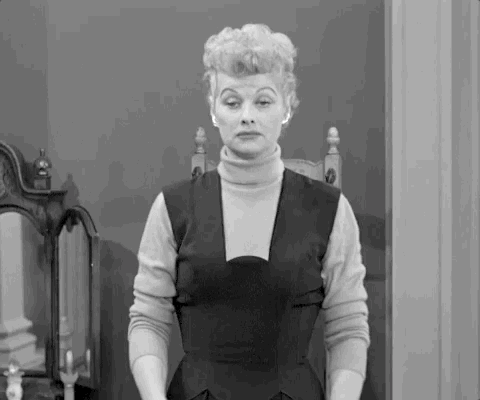
How fitting that I finished Nikki Giovanni’s collection, Quilting the Black-Eyed Pea , on New Year’s Day. I’ll consider it fortuitous that I finally consumed a “black-eyed pea”… for luck.
What a wonderful collection it is. I thought often of Nikki Giovanni, whom we just lost in December. She was the first poet who made me realize the places you could take poetry. How I wish I had “met” her sooner.
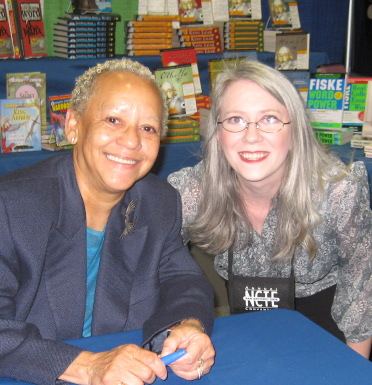
I actually did meet Nikki Giovanni twice, and she was so kind and gracious both times. I am so glad I could tell her that I loved her poetry and that I was a Virginia Tech student (albeit online).
I also thought of my grandmother as I read this collection, particularly the poem “I Think of Meatloaf.” Meatloaf is quite honestly another thing I don’t like, but the sentiment in the poem was very familiar to me. Substitute, perhaps, fried chicken. Or maybe cornbread. One lasting visual I have of my grandmother is how she would crumble cornbread into a glass and pour buttermilk over it. She was born in Oklahoma and lived in Texas for a time also. But she spent most of her life living outside the South, even living in two European countries for a time. But she was Southern, through and through. Nikki Giovanni’s grandparents were from Knoxville, Tennessee. I think that’s why I recognized my own grandmother in hers.
I loved this collection. It made me cry a couple of times, both for the loss of Nikki Giovanni and the loss of my grandmother. “Cal Johnson Park in Knoxville, Tennessee” made me think about the fact that the house my grandparents lived in for 50+ years was sold and immediately transformed into something I didn’t recognize by house flippers who didn’t appreciate the history or know anything about the people who lived there. Giovanni writes, “My favorite spot is no longer there. Just the memory / of a Street that has the same name but none of the same / memories.” She wonders “if the people living on Mulvaney Street have any idea / of the history they are living over.”
The poetry in the collection addresses subjects as wide-ranging as her fear after a cancer diagnosis, Susan Smith, Richard Williams, and teaching. Several of the poems evoke her fondness for birds. I particularly loved “A Miracle for Me.”
If you haven’t seen it, you really must watch this wonderful conversation Nikki Giovanni had with James Baldwin in 1971. The year I was born.
Rest in peace, Nikki Giovanni. Thank you for the poetry.
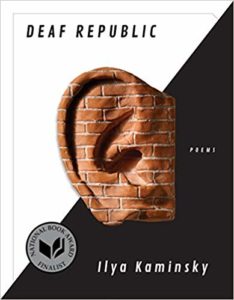 Deaf Republic by
Deaf Republic by 
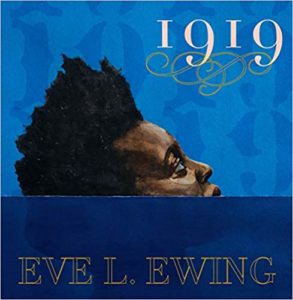 1919 by
1919 by 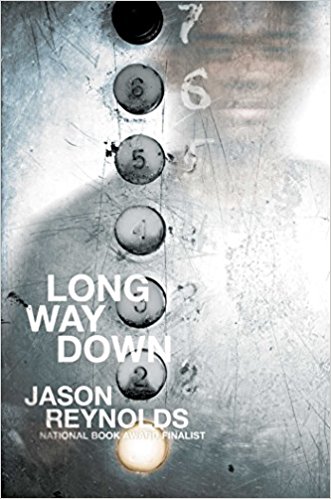 Long Way Down by
Long Way Down by 

